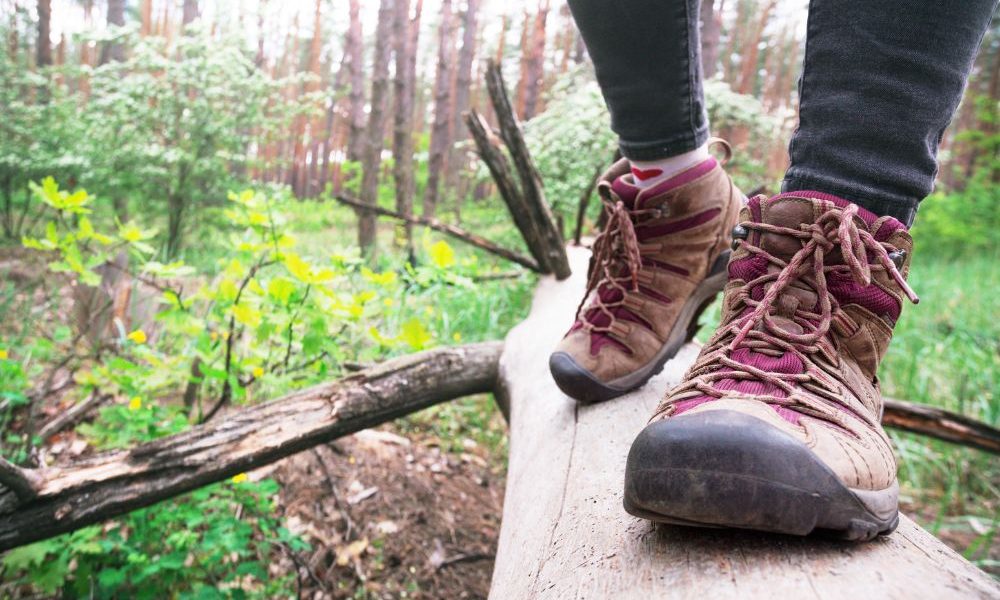Shoes are more than just things we wear on our feet. They tell stories about who we are and where we come from. As Dr. Emily Carter, Curator of Footwear at the National Museum of History, says, “Shoes are not merely coverings for the feet; they are extensions of our identities, whispering stories of our past, present, and future.” Let’s take a walk through time and see how shoes have changed from ancient sandals to modern sneakers.
Ancient Times: The Birth of Sandals
Long ago, people needed something to protect their feet from rough ground and sharp objects. The first shoes were simple sandals made from natural materials like leaves, grass, and animal hides. In Ancient Egypt, sandals were common. Dr. Sarah Jones from the University of Oxford studied how the hot climate and social class influenced shoe design in Egypt. Rich people wore sandals made of fine leather, while the poor used palm leaves.
The Middle Ages: Shoes for Status
As time went on, shoes became more than just protection. They started to show a person’s status. In the Middle Ages, shoes were often long and pointy. The longer the shoe, the higher the status of the person wearing them. This was especially true in Europe. People even stuffed the toes of their shoes to make them look longer!
The Renaissance: Art and Craftsmanship
During the Renaissance, shoes became works of art. Skilled shoemakers, called cobblers, made shoes by hand. They used fine leather and decorated shoes with embroidery and jewels. Shoes were not just for walking; they were a way to show off wealth and style. Professor James Thompson, an anthropologist, says, “The evolution of footwear mirrors the evolution of humanity itself. Each era, each culture, has shaped the way we walk, and the shoes we wear reflect that journey.”
The Industrial Revolution: Mass Production
The Industrial Revolution changed everything. Machines started making shoes, which meant they could be produced faster and cheaper. This was a big change from the days when cobblers made each shoe by hand. Professor John Smith from the University of Cambridge studied this change. He found that the rise of factories led to the birth of global footwear brands. Shoes became more affordable, and more people could buy them.
The 20th Century: The Rise of Sneakers
In the 20th century, a new type of shoe became popular: the sneaker. Sneakers were first made for sports, but soon everyone wanted to wear them. They were comfortable and stylish. Mr. David Lee, a shoe designer, says, “From humble sandals to sleek stilettos, the pursuit of comfort and style in footwear has driven innovation and technological advancements throughout history.” Sneakers became a symbol of youth and freedom.
Modern Times: Shoes as Self-Expression
Today, shoes are more than just something we wear. They are a way to express who we are. Ms. Isabella Rossi, a fashion historian, says, “Shoes have become a canvas for self-expression, a blend of fashion and functionality, blurring the lines between art and everyday life.” People wear shoes to show their personality, their mood, and even their beliefs.
Personal Anecdotes: Shoes in My Life
I remember my first pair of sneakers. They were bright red and had a picture of my favorite cartoon character on them. I wore them everywhere, even to bed! They made me feel fast and strong. As I grew older, my shoes changed too. I wore shiny black shoes to my first school dance and sturdy boots on my first hiking trip. Each pair of shoes holds a special memory for me.
The Cultural Significance of Shoes
Shoes also have a deep cultural significance. Dr. Eleanor Hayes, a sociologist, says, “A pair of shoes can tell you more about a person than their clothes. They reveal the terrain they’ve traversed, the challenges they’ve faced, and the stories their feet have carried.” In many cultures, shoes are an important part of rituals and traditions. For example, in some Asian cultures, it is customary to remove shoes before entering a home as a sign of respect.
The Future of Shoes
What does the future hold for shoes? With new technology, shoes are becoming smarter. Some shoes can track your steps, monitor your health, and even adjust to your feet for the perfect fit. But no matter how advanced shoes become, they will always be a part of our story. They will continue to reflect who we are and where we are going.
Conclusion
Shoes have come a long way from simple sandals to high-tech sneakers. They have evolved with us, reflecting our history, culture, and personal journeys. As we look to the future, one thing is certain: shoes will always be more than just something we wear on our feet. They will continue to be a part of our identity, telling the stories of our past, present, and future.
In the words of Dr. Emily Carter, “Shoes are not merely coverings for the feet; they are extensions of our identities, whispering stories of our past, present, and future.” So, the next time you put on a pair of shoes, think about the journey they represent and the stories they have to tell.
References
- Dr. Emily Carter, Curator of Footwear at the National Museum of History.
- Professor James Thompson, Anthropologist specializing in Footwear History.
- Ms. Isabella Rossi, Fashion Historian and Author of “The Art of the Sole.”
- Mr. David Lee, Shoe Designer and CEO of footwear company, “SoleCraft.”
- Dr. Eleanor Hayes, Sociologist focusing on the Cultural Significance of Footwear.
- Dr. Sarah Jones, Department of Egyptology, University of Oxford.
- Professor John Smith, Department of Economic History, University of Cambridge.

